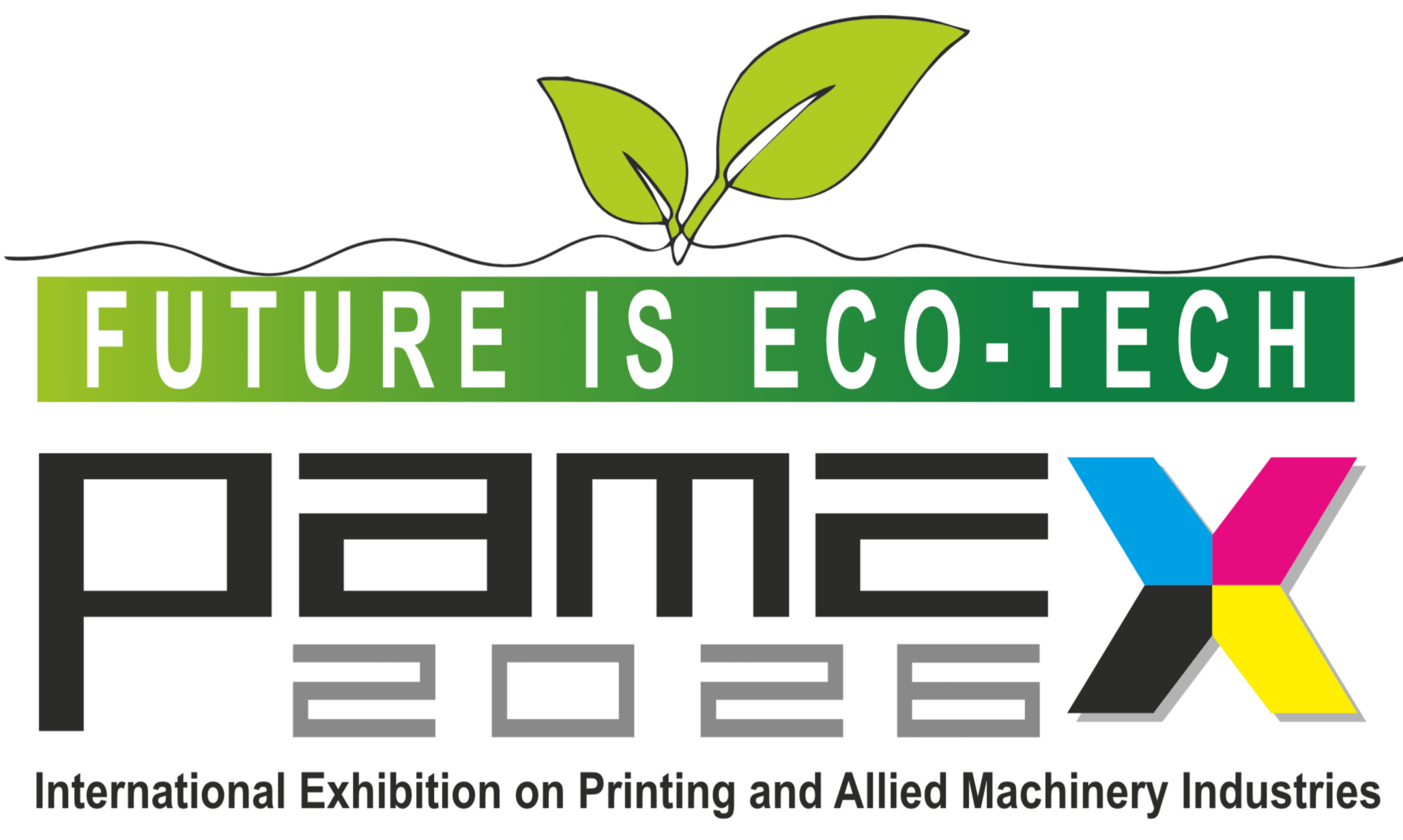FUTURE IS ECO-TECH
Exploring sustainable options in printing has become crucial in today’s world, where environmental preservation and sustainability are at the forefront of societal concerns. While many industries have tried to reduce their carbon footprint, the printing industry often goes unnoticed as a significant contributor to waste and harmful emissions. However, by adopting green printing techniques, this industry can take a positive step towards creating a more sustainable future.
Increased collaboration between designers, printers, manufacturers, and consumers will be key in pushing for continued innovation and adoption of more sustainable practices throughout every stage of the printing process.
PAMEX 2026 will display a plethora of sustainable progressive technologies from Print, Label, Packaging, Paper Converting, Textile Printing and Signage Industry.



